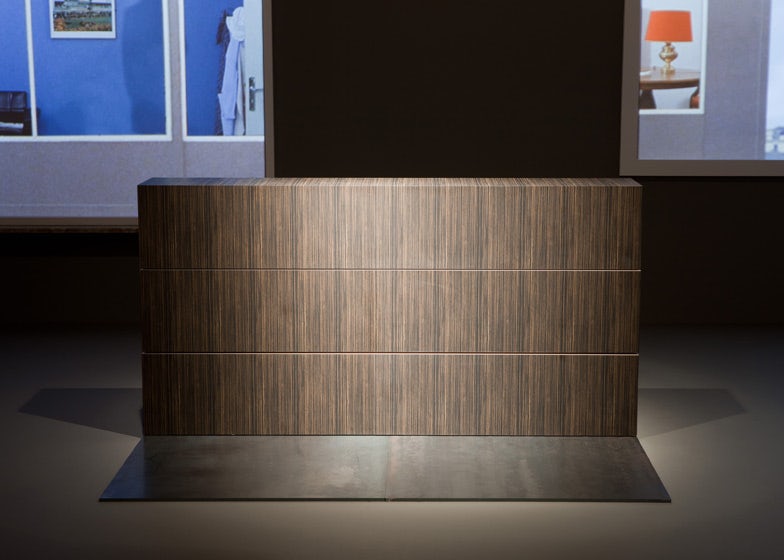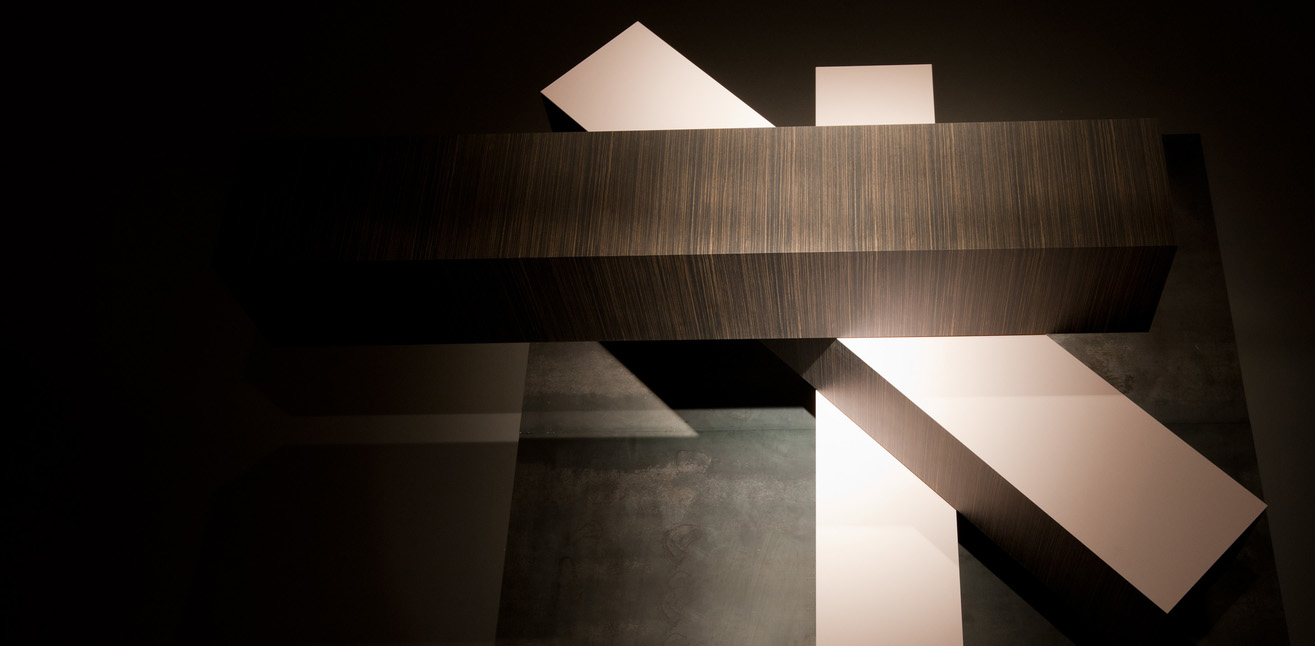Architects: Showcase your next project through Architizer and sign up for our inspirational newsletter.
Evolving behavioral trends in workplaces around the world have spurred a demand for increasingly flexible, dynamic office spaces. As a consequence, modular design has never been more popular. Product sets that can transform and grow according to the changing needs of the user are being harnessed more and more by both architects and manufacturers, particularly for commercial needs.
With modular design, it’s almost like a collaborative process, with the designer creating a system and the consumer implementing it to suit their needs. Similar to wooden building blocks, the individual units are simple: a square, a rectangle, a tube — a table or chair. In combination, the modules become increasingly complex and customizable, changing to fit the situation. Here, we take a look at 10 contemporary examples that encapsulate the power of modular design:



04 Counter, Tools for Life by OMA for Knoll
The 04 Counter is Rem Koolhaas’ signature piece of his line of furniture for Knoll. “Beginning as a monolithic stack of three horizontal beams, the user can rotate the top two beams and transform this wall-like unit into a series of shelves and cantilevered benches — a metamorphosis from a spatial partition to a communal gathering place.” In theory, an endless number of beams could be added, giving it that modular magic.


This modular bathroom system by Hansgrohe gives the owner freedom to install the pieces to fit their aesthetic and operative desires.

© MIMA Architects

© MIMA Architects

© MIMA Architects
MIMA House by MIMA Architects,
The exterior and interior walls of this prefabricated home can be easily moved, allowing a the homeowner to customize the space.


fill_in block system by Design Group IN
Individual units of this storage system can either stand alone or be stacked in any configuration.



Alcove Sofa Family by Vitra
Utilizing the idea of a room within a room, the Alcove Sofa Family is designed to adapt to an open work environment by offering a quiet niche. The simple design is similar to the iconic armchairs by Le Corbusier, and provides a comfortable, upholstered job station. The Alcove Sofa Family is a distinct improvement on the typical room within a room, the cubicle.

© Michael K Chen Architecture

© Michael K Chen Architecture
K-G Storage and Home Office System by Normal Projects
The shelving and storage system by Normal Projects is set apart by its unique use of 3D printed screens as a design element.
Each long rectangular piece of this storage system is stacked into a monolithic block. Areas for storage are created by pushing sections of the table, forming a shelf on one side and an alcove on the other. The PixelTable is a playful use of natural materials and minimalist design.



Joyn by Vitra
The cubicle is on its way out. The workplace is literally opening up, with companies emphasizing collaboration and communication as a means to innovation. Laptops, cellphones, and cloud systems do not require a large amount of infrastructure. In that spirit, Joyn, a new line of office furniture by Vitra, gives users the ability to change the workspace to fit specific needs. Centered around a communal worktable, pieces can be quickly changed according to the amount of privacy desired, creating a multifaceted and highly functional work station.


NINO by Arianna De Luca
Using a modicum of materials De Luca has designed a changeable workstation adapted to the digital age.

Fix Coffee Table by Design Group IN
Easily interchangeable pieces allow this table to meet the functional needs of the user.
These examples of modular furniture provide a brief overview of different ways designers and architects are thinking about functionality. The world around us is changing quickly, why shouldn’t our furniture and houses give us the ability to change as well?
Liked this article? Check out our roundup of stackable chairs and browse our product database here.
Research Modular Furniture Manufacturers
Architects: Showcase your next project through Architizer and sign up for our inspirational newsletter.




